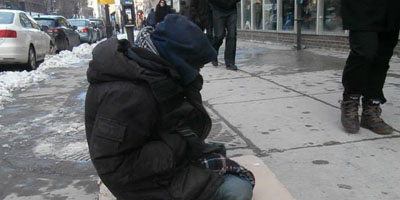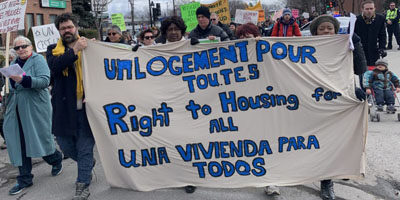In March, 2020, when the World Health Organization said that the only prescription they could offer against COVID-19 was to stay home, wash your hands and maintain physical distance, the issue suddenly became clear to a lot of governments. ‘Oh! What do we do about people living in homelessness, who have no home in which to stay?’
Leilani Farha, Global Director of The Shift, an international organization focused on the human right to housing, and a former UN Special Rapporteur on the Right to Housing.
THE SITUATION IN MONTREAL
To get a sense of the situation of homelessness during the COVID pandemic, I spoke with experts in Montreal to get their take on the situation, and how many people have been affected.
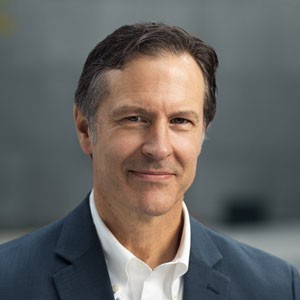
James Hughes, President and CEO at the Old Brewery Mission, started by telling me about the concept of the street count. This is done every few years or so, and counts the number of people who were homeless in a given night. According to Hughes, “In 2015, the street count showed about a little over 3000 people who were homeless. In 2018, it showed 3,150 people who were homeless. This is a point-in-time count, so on that particular night, this is how many homeless people there are. It is not the total number of people over a course of a year who will be homeless. The estimates for that would be higher, around 4,000 to 4,500, and it’s grown since COVID.”
Cécile Arbaud works with Dans la Rue, a community organisation in Montreal founded in 1988. It focuses on youth homelessness, and prides itself on its multifaceted approach. She said that 40% of homeless people experienced homelessness before the age of 16, and believes that we must focus on addressing this youth crisis in order to respond to homelessness.
“We know that young people in child youth protection actually will experience homelessness quite often, with 20% experiencing it within a year of leaving the system and another 30% will experience housing instability. So 50% of your users are in unstable situations within a year of leaving care. There is definitely something we need to do about this.”
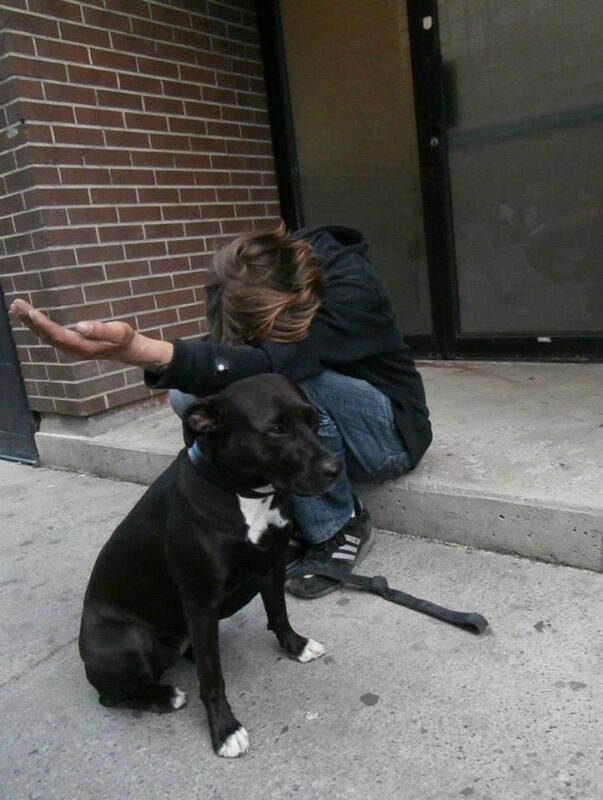
Speaking about the curfew put in place by the Quebec government from January to the end of May, 2021 Arbaud said it was a disaster for the homeless community who were unable to seek shelter due to tight COVID-19 regulations amongst shelters. Following the death of a member of that community who was hiding from police in a portable toilet on Park Avenue, homeless people were ruled exempt from the law.
Both agreed that the pandemic raised awareness about homelessness and brought new attention to the issue, and then we began a conversation about what needs to be done.
THE EVOLUTION OF THINKING ABOUT HOMELESSNESS
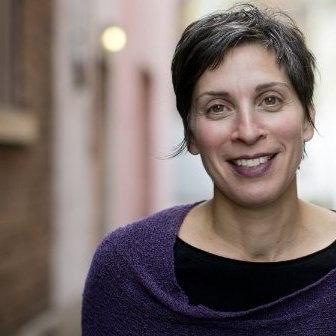
Leilani Farha has been working in the field for years, most notably working as the UN Special Rapporteur on the Right to Housing between 2014 and 2020 and then founding and directing her organization, The Shift starting in 2020. She believes that throughout her time in these positions there has been progress in Canada.
“When I became rapporteur in 2014, the right to housing was absolutely not on the radar of the government that was in place at that time. We were still with a conservative government at the national level, with Stephen Harper as the Prime Minister. So you know, the right to housing was really receiving no play, quite the opposite actually. The government was quite hostile.”
In terms of COVID-19 and its effects on homelessness Farha believes that the government has finally decided to act. “Homelessness isn’t good for human wellbeing and health, that’s a no brainer, but it took a global pandemic for them to realize that. So there have been some interesting moves that way. The government announced that as a result of COVID announced it was going to end homelessness, chronic homelessness, but they didn’t really make sure that cities were equipped to do so. So is Montreal equipped to end homelessness? Does it have the resources and capacity to do so? There seems to be a disconnect between what the federal government says and what’s actually possible at provincial and local level. So COVID has been a mixed bag, in my opinion.
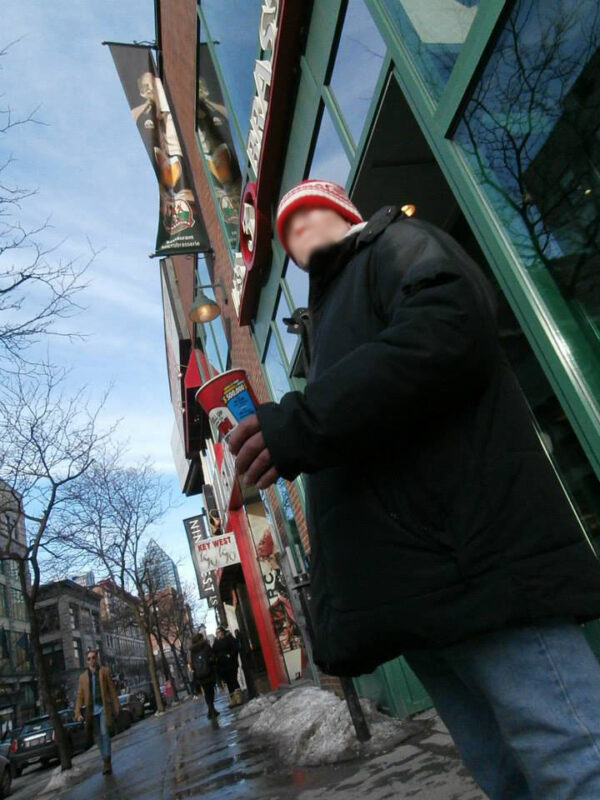
“Some big rethinking is going on. I am hearing global conversations like how we need a new social contract. I’m hearing conversations about the need for economic reform and the new economy. So these are good, but housing often gets left out of those conversations.”
She believes that our lack of conversations on the topic of housing is a fundamental issue of the housing crisis, and that we must take the housing crisis into our own hands and stop expecting housing developers to do so. “We’ve left housing to developers for the last thirty years, and we’re in the crisis we’re in because we’ve done that. And I think those of us who see housing as central to a new economy, central to a new social contract, we really have to start asserting that, and putting that in those conversations.”

Arbaud believes that although the government had a good reaction, its approach was not necessarily the best in the long term. “They would put a lot of money in emergency services, but it’s not the best way to address homelessness in the long term. This is crisis management, but this emphasis on crisis management of homelessness is not good. We put people in shelters, but what do we do when they’re in shelters? There is nothing. They don’t have enough long-term follow up services, they are disrupted, and they have a disrupted life. Even during the day, because they can’t stay in the shelters during the day. Emergency services are not a good response to homelessness, but the emphasis has been a lot on emergency services.”
Hughes also criticized the government’s response to the pandemic, saying that it is limited to a social emergency model. “When there’s a fire, you have to put out the fire, and the moment someone becomes homeless, they’re in the equivalent of a fire, a social emergency. And as I say, we treat it through housing, but we need a platform to treat it, we need a place where people can come in where we can get to know them, where we can spend time with them, find out what their journey has been and where they want to go. We need to support them to rediscover their agency and their capacity to make choices.
“That’s not what these temporary facilities were meant for; the hotel is only open for sixteen hours a day. That’s the old model of homelessness where, you know, people are invited in for a meal, a bed and breakfast, and then we kick them out in the morning, go on good luck, go find yourself your own house go, you know. And that model is really what caused, in part, the homelessness to go up.”
His organization is focused on working on the basis of a new model “Now we’re not just the meals and the beds and the showers. Those humanitarian services give us the chance to get to know and work with people. So we have counselors and intervention workers that work very closely to try to help people and so as I say, we have to work 24/7 even when people can’t kick them out during the day, that’s the time when we can actually work with them.
“So what would have been a better model, which is the model we’re advocating for, is additional emergency capacity 24/7, with intervention and counseling workers so that we can get people in and they can stay in get calm, get out of a panic and start to work on the next stage, which is not in homelessness. It’s out of homelessness. So hopefully the next stage and there have been some announcements that the replacement of the current temporary facilities will be with more facilities with a longer and longer lifetime, with 24/7 support of a professional.”
FUTURE HOPES
Farha is concerned for the future saying, “Well, I’m really concerned because, while I do think this progress has been made, I’m also watching these big financial entities and investors, private equity firms, asset management firms, backed by pension funds and insurance companies and their money. I’m watching them take hold of the housing sector and really complicate the housing market, making everything unaffordable, making everything about profitability, and really wrenching housing away from its social essence. So unless we make some big changes in that regard, I’m not hopeful, actually, that things are going to improve. I think they will get worse before they get better. I do see more activity on the social side but that’s no good if you’re not going to protect what you’re doing over here from these actors.”
Arbaud is also concerned, especially regarding youth homelessness. “Young people actually would form 50% of the adult homeless population. So it’s very important actually to address youth homelessness, if we want to address adult homelessness and chronic homelessness. And young people do experience homelessness very early. In Canada, they say 40% of those affected really experienced homelessness before the age of 16, and there are ways actually to address that and to turn off the tap youth homelessness. So we also know that young people in child youth protection will experience homelessness quite often, with 20% experiencing homelessness within a year and another 30% experiencing housing instability. So 50% of users in care experienced a form of housing instability. So we are pretty convinced that we can do something and go towards more prevention.”
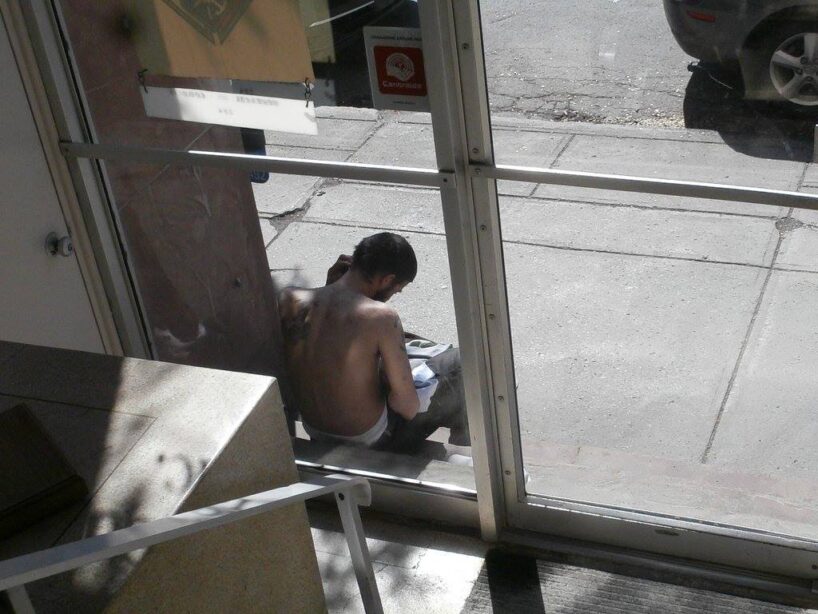
Additionally, Arbaud talked with me about mental health and the increased awareness within the community, alongside its apparent increased prevalence, although it is hard to decipher whether there truly is an increase in mental health issues or simply improved access to mental health care leading to more being diagnosed. She says that Dans La Rue has joined other institutions and community organizations to address mental health issues.
“Early detection is one of the goals we’re focusing on and where we’ve pretty much done a lot of improvements,” she said. “There is a coalition to reduce youth homelessness in Canada, and there are research projects around that, a lot of them are aiming at early detection, aiming at sustainable exits. So to me there was a lot of progress.”
Hughes says that he believes that the provincial government has the responsibility to handle the homelessness crisis, and he is hoping that it gets more organized and more giving.
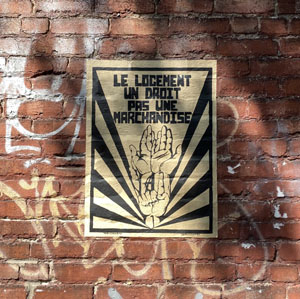
“We are ready to take out the big sledgehammer, knock down our emergency shelters and turn them into housing. We would love to do that. That’s mission accomplished, right? But the journey to that spot depends upon, in many ways, a much more strategic and a much more generous government contribution to the kinds of programs that we need to help people access and keep permanent housing. And, you know, we’re not even close to that yet. Not even close to that.”
Photos in Montreal streets by Derek MacCuish and Florina Lupu.

